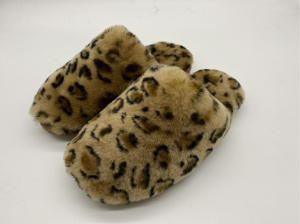Skin is the human body’s largest organ and interacts with the external environment 24 hours every day. Next-to-skin clothing play a very important role in health and hygiene, and wool has many properties that make it an excellent option. In particular, superfine Merino wool can have a very beneficial impact on skin health, comfort and general quality of life.
Wool’s excellent moisture vapour absorbency enables it to maintain a much more stable temperature and humidity between the skin and the garment, compared to other fabric types. Not only do woollen garments perform well during many activities, but they also improve comfort during all stages of sleep.
Choosing the right type of wool
Some believe that wearing wool next to the skin can causes a prickly sensation. In truth, this applies to all fabric fibres, if they are thick enough. There is no need to be afraid of wearing wool – there are many garments made out of finer wool that are ideal for wearing next to the skin at any time, and can actually be beneficial for people who suffer from eczema or dermatitis.
The allergy myth
Wool is made of keratin, the same protein in human and other animal hair. It is very rare to be allergic to the material itself (which would mean being allergic to your own hair). Allergies – e.g. to cats and dogs – are usually to the dander and saliva of the animals.
All Wool Finds Its Use
Wool can be used for different purposes, depending on the coarseness of the fibre and on other characteristics such as fibre length and crimp. But regardless of the breed that produced it, wool is a very versatile fibre, with many different qualities. all wool from finest to thickest finds its use.
Very fine wool is primarily used for clothing while coarser wool is used in carpets and furnishings such as curtains or bedding.
A single sheep provides around 4.5 kg of wool per year, the equivalent of 10 or more metres of fabric. This is enough for six sweaters, three suit and trouser combinations, or to cover one large sofa.

Post time: Mar-26-2021

